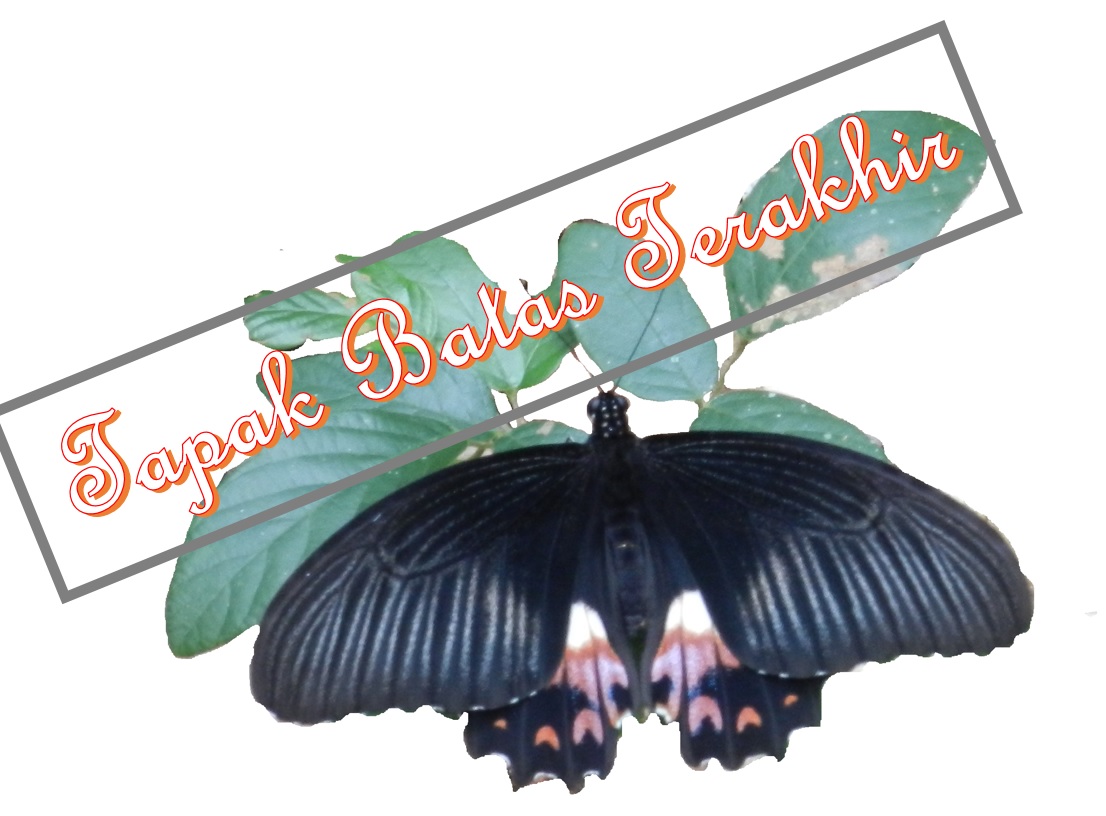-
Stories About Beautiful Papua
Every Single Place In Papua Have Its Stories To Be Shared To Build Other People Understanding About This Island
-

The Last Frotier Primary Forests
With 42 Million ha of forests, Papua play crucial rules in Indonensia forests development targets.
-

Women and Natural Resources
Forests or land right are not only about Man. So understanding the roles women and the impact of forests changes to women are also crucial
-
Our Traditional Value
Papuan Community Have Been Living for Centuries with Their Knowledge and Wisdom in Managing Natural Resources and Practice Best Conservation
-
For Papuan Generation
Every Works We Do Now Must Be Dedicated To The Future Papuan Generation
-
Dependency to Forests Resources
Practicing Good Forests Governance in Papus About Understing the Right of Indigenous People and Their Dependency to Natural Resources
-
All Are Wonderful
You Will Get Good Scene That You May Not Able Somewhere Else - Only In PAPUA
-
Bitter Nut Is Papuan Favorit Gums
Bitter Nut or In Papua We Call 'Pinang' Is The Local Gum You Can See In Every Corner of the Cities. Papuan People Love To Chewing It. Sometime People Consider It As Contact Material When You Travel to The Village
-
Papuan Traditional Conservation Practices
For Centuries, Papuan Has Practicing Local Wisdom to Sustainaible Use of Natural Resources. They Have Traditional Education System to Teaching Them How To Interact With Human, Spiritual Power and Understanding The Words Of Nature
My Ideas and Stories About PAPUA
Making the rich and beautiful resources in Papua become the social economic strength for Papuan has become the long home works. Many people believe that the early start to find the answer is by understanding how Papua looks like, their communities and their special strength. And it can be realize by directly in touch with them. This blogs provides you chance to touch and gets insight ideas, trends and stories about Papua.
Pembaca
LOGO BLOG

Butterfly Indicates the Beautiful Scene of Nature. It Always Require Leaf For Foods and Playing Areas. These Two Symbiosis Representing The Stability of Nature That Most of Them Are in The Frontier of The Cross Roads.
Paper For Download
Popular Posts
Who am I?

- Yunus Yumte
- Bogor, Jawa Barat, Indonesia
- Mari menatap hari depan dengan harapan yang berharga. Bukan karena harta dan bukan karena tahta. Tapi karena anak cucu kita akan mengucapkan kata terima kasih karena telah menjaga kekayaan alam kita. Hutan merupakan salah satu berkat terbesar dari TUHAN, mari kita jaga bersama.







